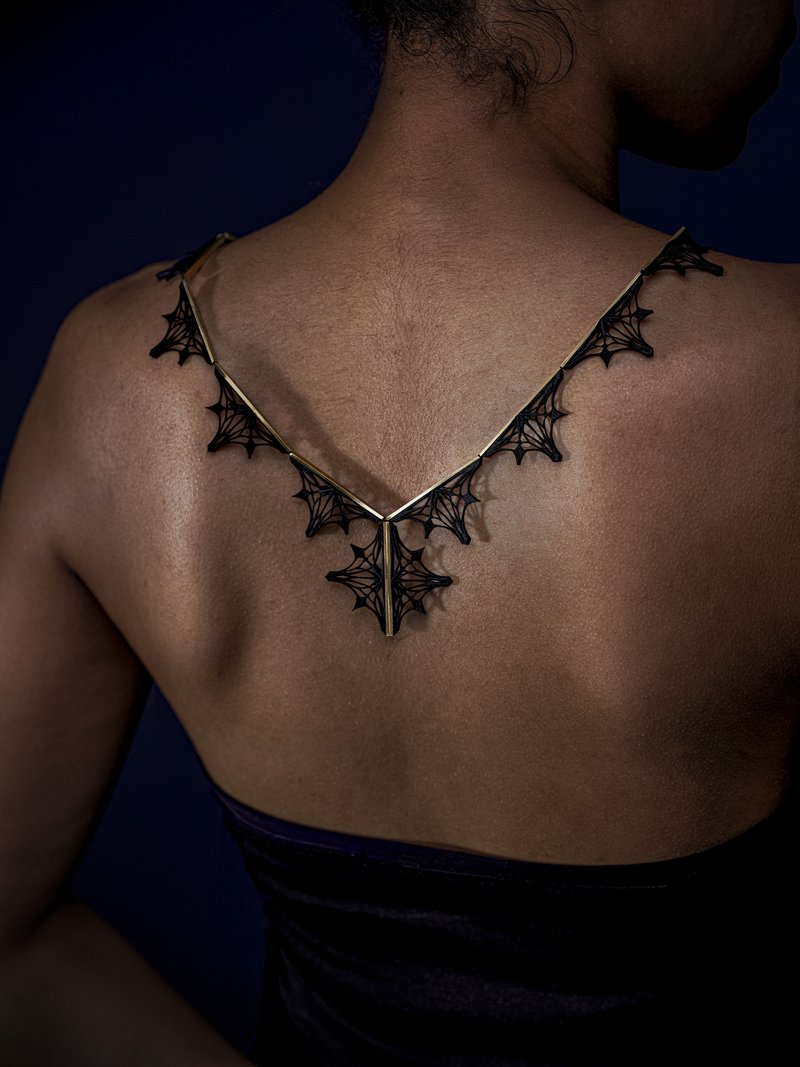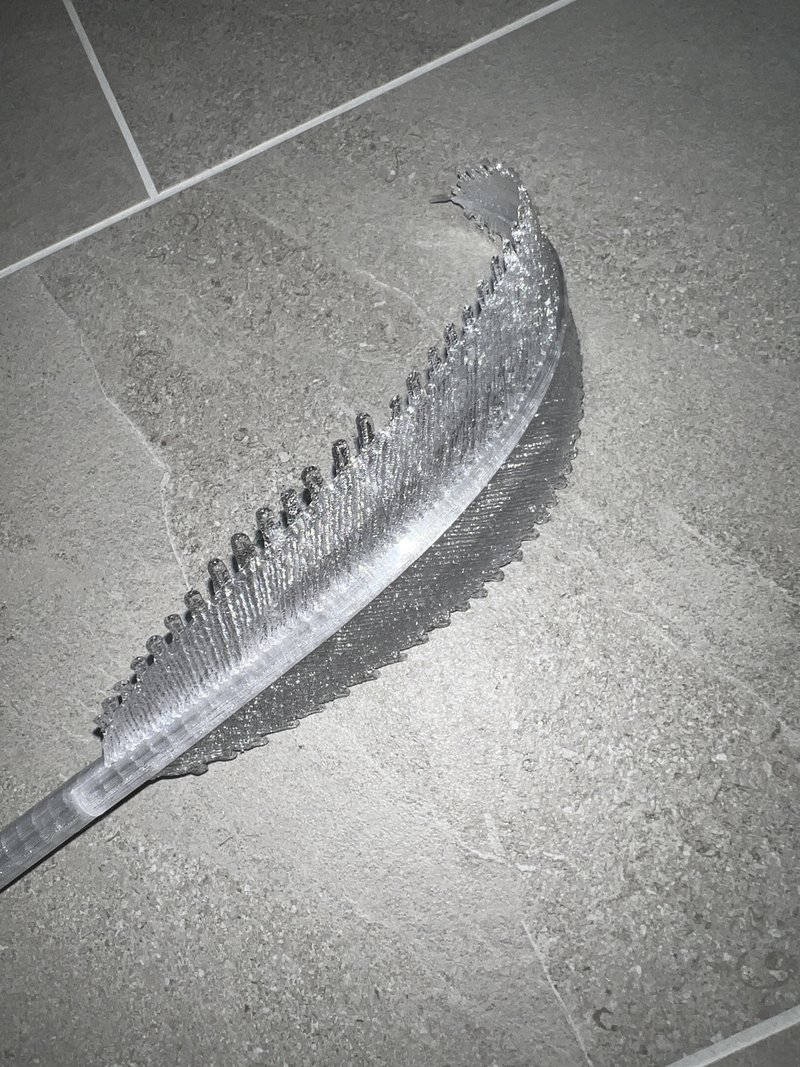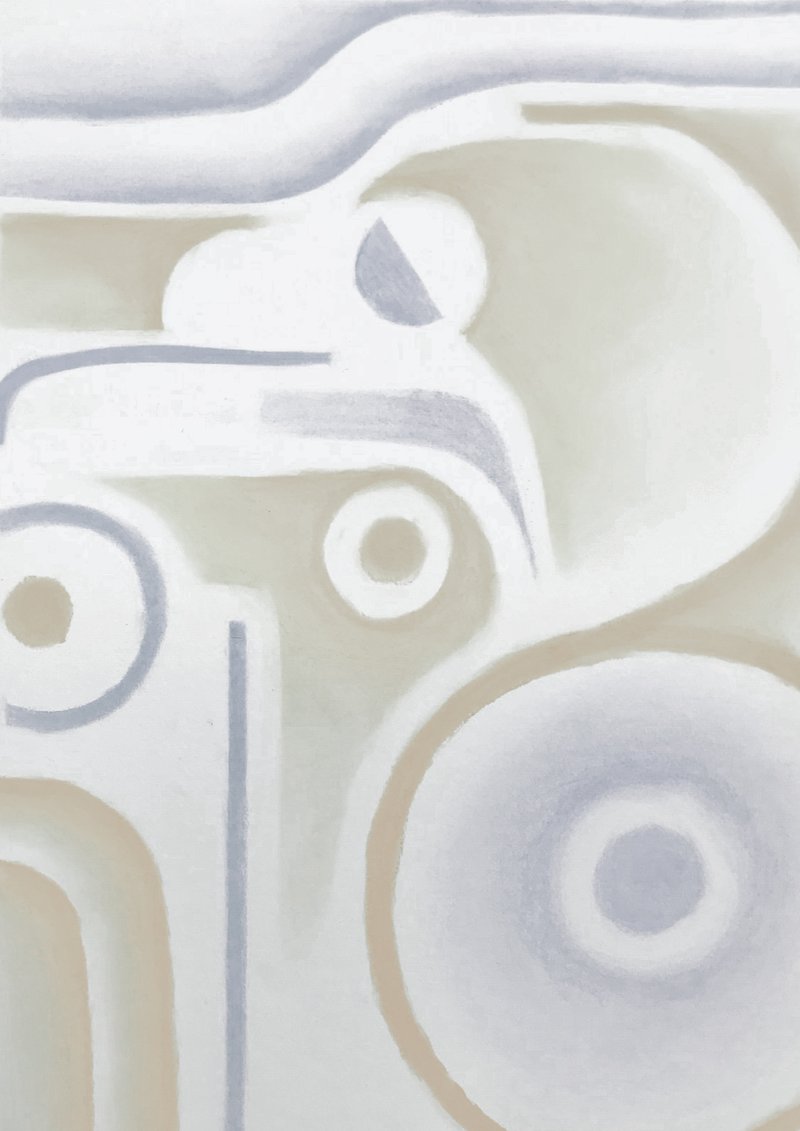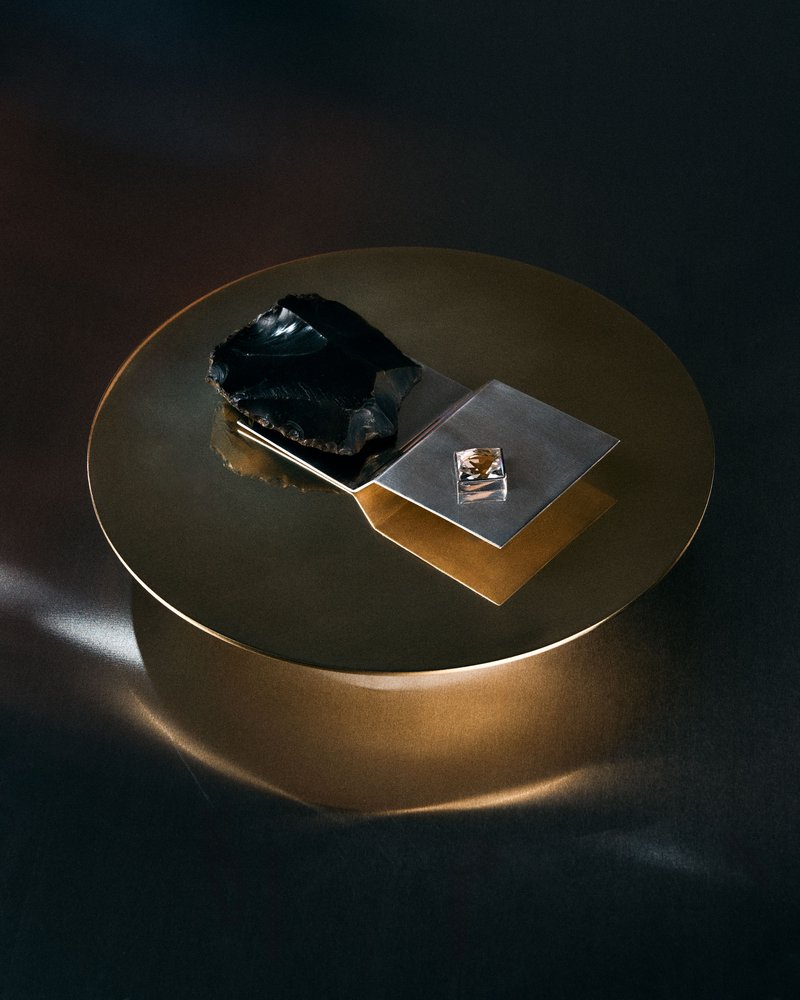Eclipse
Rachel Suming
As the hands of a clock can have stressful connotations, I imagined a clock which would only show the passing of time with its frame. Deconstructed into three motorised elements turning on the same rhythm, the clock is a constantly evolving shape. After an introduction to the watchmaking world at Vacheron Constantin, I turned to the guillochage technique for my project. Making videos, graphic research, and playing with watch movements were all part of my design process when developing this project.
Whyte
Jake Adam Moore
When visiting Vacheron Constantin’s manufacture I was most struck by the beauty of mechanical principles. This was something I intended to push further by exploring simple mechanics utilised by other industries and bringing them into the watchmaking world. Inspired by the workings of Locomotive wheels, this project aims to break the traditional graphic associated with the clock face. Replacing the conventional watch hands with one hand which connects both hours and minutes, the result is an ever changing and seemingly random composition.
Gong Repeater
Jordi Pla
The concept of Gong Repeater is directly inspired from the mechanical techniques found in "Haute Horlogerie", which I discovered at Vacheron Constantin, in particular the fascinating relationship between time and sound as heard in their minute repeaters. For centuries the gong has been a way to communicate time passing and so I was keen to creating a device which would indicate time through sound. In order to give a unique and mystic dimension and transmit ancestral values, I have chosen to work with a brass bowl from Tibet. Used for prayers, this object is the heart of my project. The contrast between this old gong and my contemporary clock illustrate the mechanical principal of the minute repeater watch from Vacheron Constantin. When a hand passes the sensor, the clock rings hours, quarters and minutes.
L'univers infiniment petit
Samuel Williams
This project is inspired by the infinitely small world of Vacheron Constantin and by a tool that is indispensable to Master Watchmakers, allowing them to penetrate the heart of the world's smallest and most complicated mechanisms. This is the watchmaker's magnifying glass. This perpetual calendar invites us to discover time on the scale of the Watchmakers, with the aim of borrowing their gestures and tools and looking at a new illustration of the passing of time.















